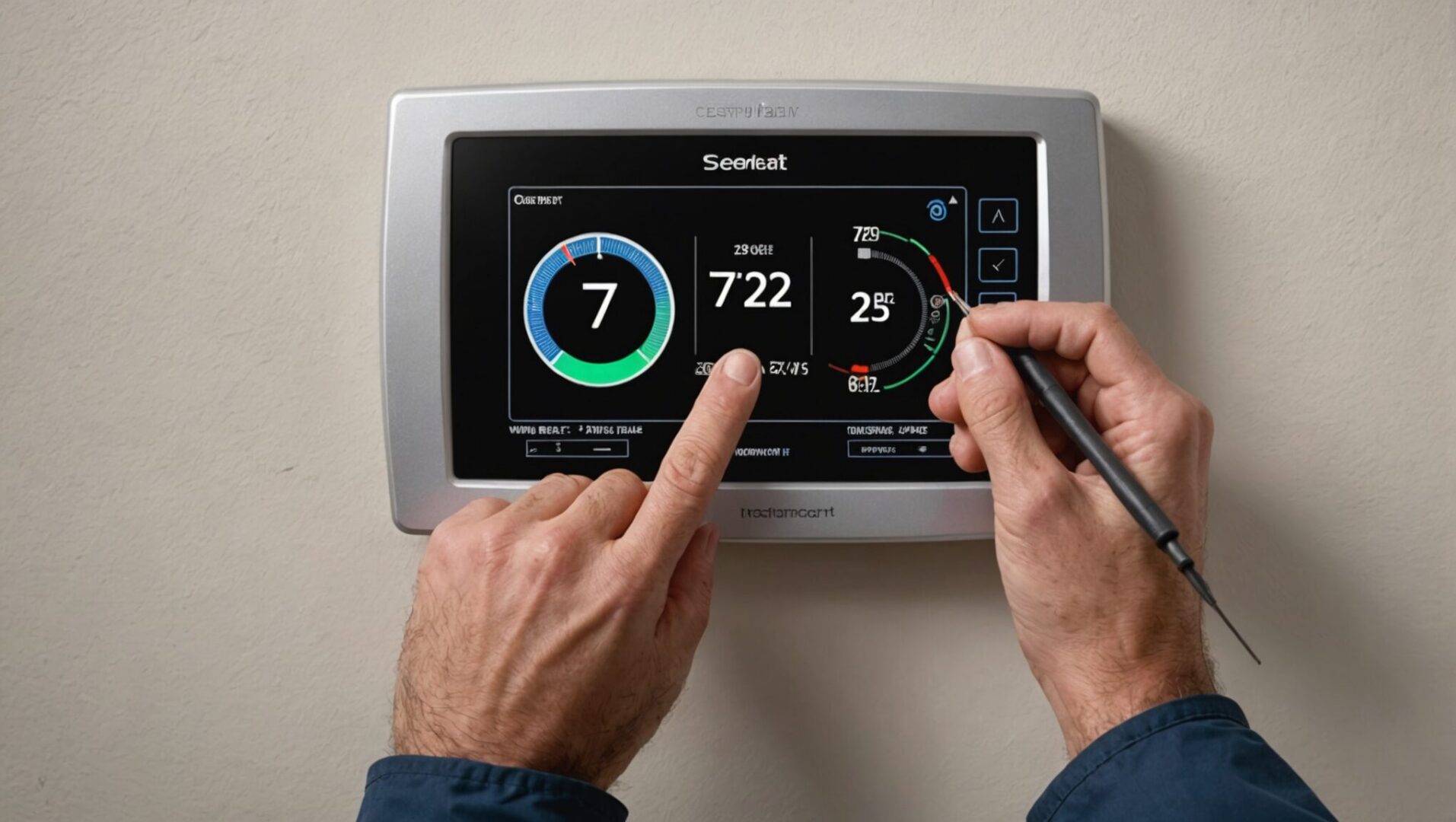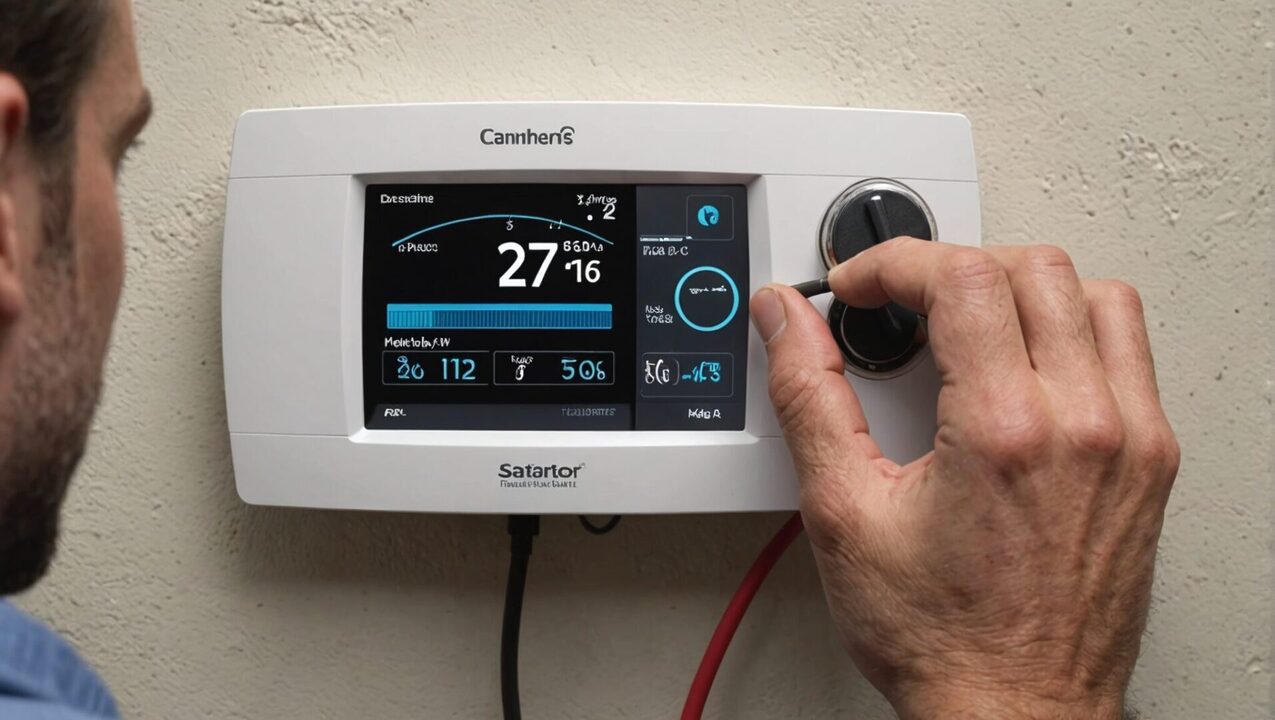The operation of your household appliances often depends on one essential element: the thermostat. Whether it’s a fridge, A water heater or a dryer, this device plays a crucial role in maintaining proper temperatures. So, understanding how to test and, if necessary, replace this component can not only improve the energy efficiency of your appliances, but also extend their lifespan. This article will guide you through the process of checking and changing a thermostat, while covering best practices and helpful tips.
The method for testing a thermostat
Necessary equipment
Before starting any work, it is essential to gather the right equipment. You will need a multimeter set to the ohmmeter position, one screwdriver, of a pliers and possibly a cutter if cables need to be stripped. Various devices may have specifics, so it is advisable to consult the user manual for your device.
Test the thermostat step by step
To test a device’s thermostat, first unplug the device. This will allow you to work safely without the risk of electrocution. Then, remove the cover of the device to access the thermostat. Using a screwdriver, remove the adjustment knob and unscrew the nut that holds it in place. This exposes the thermostat terminals to you.
Next, connect the tips of your multimeter to the thermostat terminals. A reading of 0 ohm indicates the thermostat is working properly, while a reading showing zero may mean the thermostat needs to be replaced. If the multimeter does not respond as expected, the thermostat is probably defective.
Sur le même sujet :
Replace the faulty thermostat
The moment of the exchange
If you have confirmed that the thermostat is faulty, then it is time to replace it. Disconnect the cables connected to the thermostat and keep an eye on their connection order for proper installation later. Use a pliers to unscrew the terminals. Once the thermostat is removed, acquire a replacement model that meets the specifications of your device.
Installing the new thermostat
With the new thermostat in hand, it’s time to install it. Connect the wires to the terminals according to the markings you noted during disassembly. It may be useful to refer to the installation manual to ensure correct installation. Once connected, replace the cover, screw it into place and return the adjustment knob to position. Turn the device back on and check that it is working properly.
Sur le même sujet :
The pros and cons of replacing the thermostat
Benefits
Changing a faulty thermostat offers several benefits. Firstly, you improve the energy efficiency of the device, which will have a positive impact on your electricity bills. Then, a thermostat in good condition guarantees better temperature control, therefore optimal preservation of food in the case of a refrigerator, for example. In addition, preventive intervention avoids more serious breakdowns that can lead to high repair costs.
Disadvantages to consider
Despite these benefits, the process can seem intimidating for some people. Lack of technical skills could make testing or replacement difficult. The risk of damaging internal components and harming the device must also be taken into account. In addition, a replacement thermostat can represent a significant cost if you opt for a quality model.
Commitment to device maintenance
Testing and replacing a thermostat is a useful skill. Not only does this extend the life of your devices, but it also improves their functionality. Establishing a regular monitoring routine can prevent future failures. Have you ever tested or replaced a thermostat on your appliances? Share your experience and tips in the comments below. This will enrich our community with practical knowledge!





